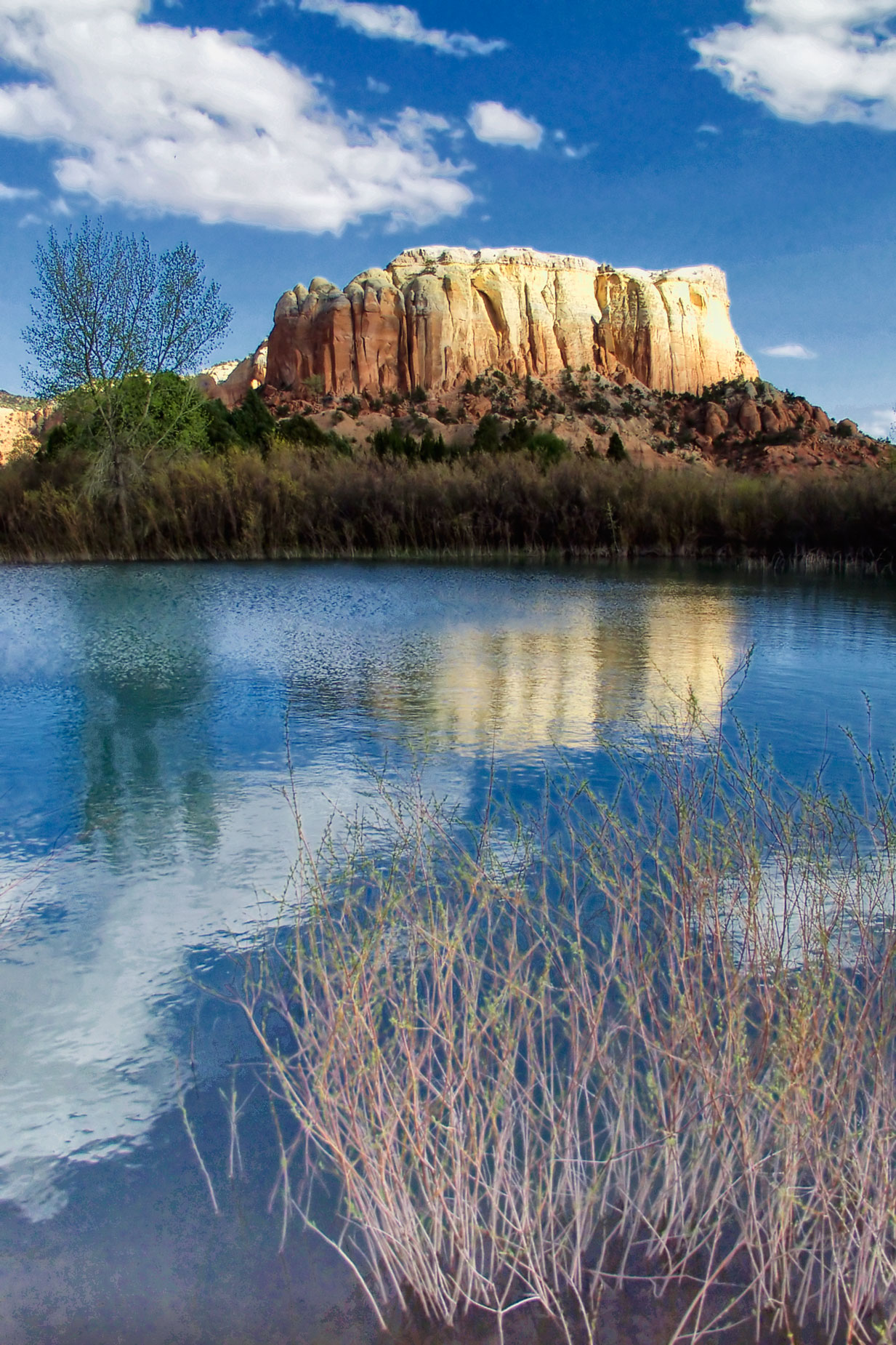Today’s Post by Joe Farace
These days it seems that people are traveling more. Maybe it’s time for all of us to hit the road? Since hopefully more and more of us will be traveling and making photographs during these trips, I thought it was time to continue a series of travel-related and photography-related posts on #tuesdaythoughts.
Keep This in MInd
If you only learn one new thing from this post, it’s this: Don’t buy a new camera or lens on Thursday just before leaving for a week-long trek in Africa or Easter Island. If there is any one secret about travel photography it’s that using your equipment to make unforgettable memories has to be instinctive so that when an opportunity presents itself and you only have a few seconds to get a shot, you can capture it. There’s not going to be time to think about what menu to use or how do I turn on continuous AF or what exposure mode am I in anyway. You have to make the shot now The scouts have it right, you gotta “be prepared.”
 How I Made This Shot: Ghost Ranch is a 21,000-acre retreat and education center that’s located near the village of Abiquiú in Rio Arriba County in New Mexico. It was originally the home of Georgia O’Keeffe, as well as the subject of many of her paintings. Ghost Ranch is part of Piedra Lumbre (“Shining Rock”), a 1766 land grant made to Pedro Martin Serrano by Charles III of Spain. The Rito del Yeso is a stream that meanders through the canyons and gorge. In 1976, Ghost Ranch was designated as a National Natural Landmark by the National Park Service. I made this image using an Olympus E20 DSLR with 9-36mm f/2.0-2.4 (35-140mm equivalent) lens at 9mm with an exposure of 1/500 sec at f/4 and ISO 80.
How I Made This Shot: Ghost Ranch is a 21,000-acre retreat and education center that’s located near the village of Abiquiú in Rio Arriba County in New Mexico. It was originally the home of Georgia O’Keeffe, as well as the subject of many of her paintings. Ghost Ranch is part of Piedra Lumbre (“Shining Rock”), a 1766 land grant made to Pedro Martin Serrano by Charles III of Spain. The Rito del Yeso is a stream that meanders through the canyons and gorge. In 1976, Ghost Ranch was designated as a National Natural Landmark by the National Park Service. I made this image using an Olympus E20 DSLR with 9-36mm f/2.0-2.4 (35-140mm equivalent) lens at 9mm with an exposure of 1/500 sec at f/4 and ISO 80.
What size memory cards should you use?
Just as important as knowing your equipment inside and out is what other stuff you need to bring along to make sure the images from the trip are as vivid as your memories. That’s why you should always pack plenty of memory cards. You may be not able to find an SD card or even a Walmart in the mountains of Bhutan or you may be surprised that the prices for SD cards in Tokyo’s Akihabara are a lot higher than a local Target.
Speed matters too. While there seems to be an ever-confusing array of memory card sizes that are available for digital cameras, chances are you know the ones that your particular DSLR or mirrorless camera recommends; check your camera’s User’s Guide.
The conventional wisdom I hear from some of my friends is that you’re better off by using more, smaller capacity cards than fewer larger capacity ones. This idea is based on the assumption that you’ll loose fewer images if you have a card failure. (It’s happened to me.) I have a different theory: Instead of having a lot of smaller capacity cards, use fewer, larger capacity cards. You won’t have as many to keep track of (or lose) or have to spend time changing cards and, perhaps, missing a shot when you do.
If you enjoyed today’s blog post and would like to treat me to a cup of Earl Grey tea ($3.50,) please click here. And if you do, thanks so much.